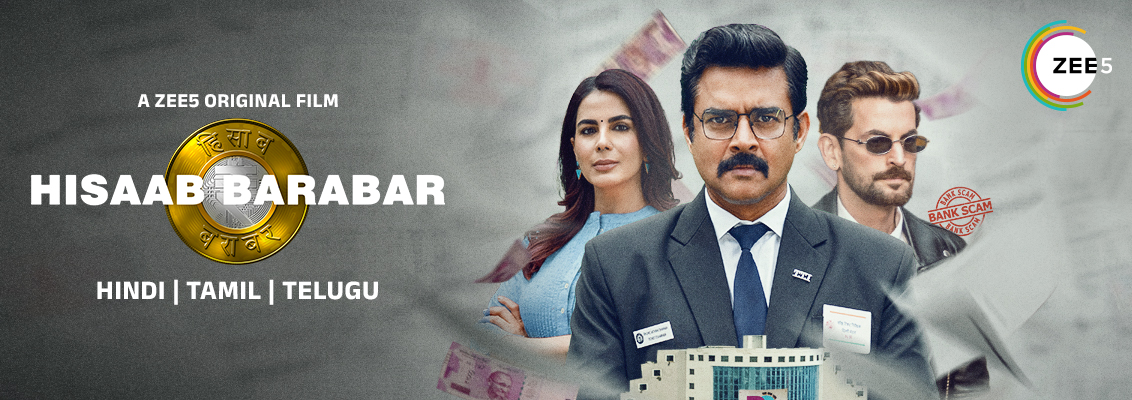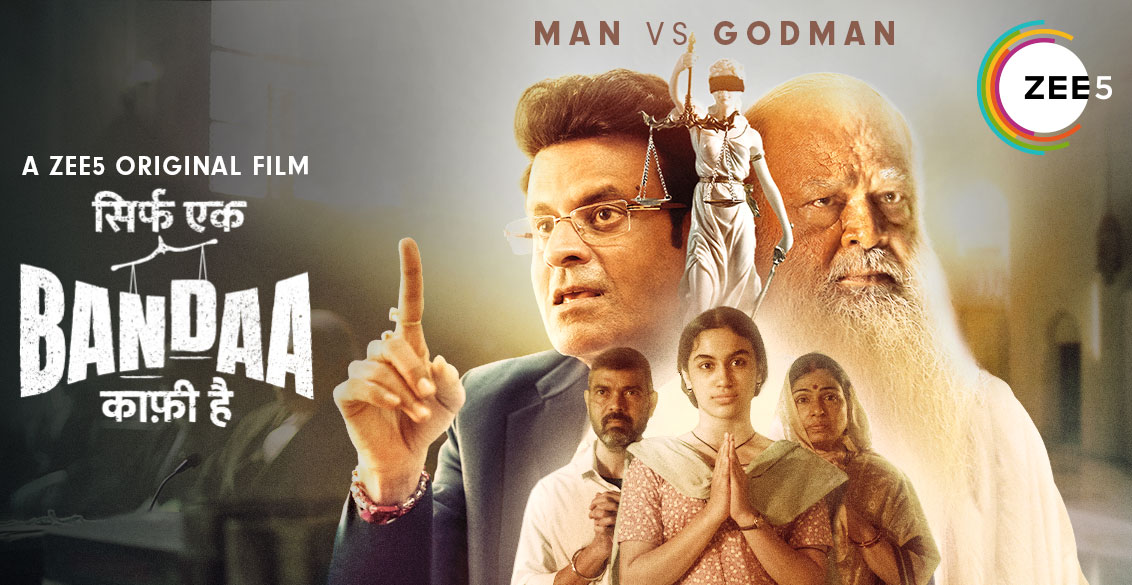The question that ignites Chapter One
In Bhagwat Chapter One: Raakshas, the case begins with a name the trailer refuses to let you forget—Poonam. Her vanishing lights the procedural fuse for Inspector Vishwas Bhagwat (Arshad Warsi). The teaser shows one missing-person report, and the trailer turns that worry into a pattern of disappearances, driving the story from a local police blotter into a citywide hunt. The promise stays clear: the team runs a methodical investigation and anchors it in behaviour and forensics, not noise. Premiere date: October 17, 2025.
Before we go theory-hunting, orient your watchlist smartly. Start with the film’s title page (Bhagwat Chapter One: Raakshas), skim the latest movies lineup, sample thriller movies to map the tonal neighbourhood, and—because performances will be the conversation—peek at Arshad Warsi and Jitendra Kumar filmographies to appreciate how sharply both actors pivot here.
What the teaser and trailer confirm (and what they deliberately hide)
Two marketing beats structure the breadcrumbs. The teaser introduces a missing girl—Poonam—and posts the mood: taped-off rooms, night streets, a cop who listens more than he speaks. The trailer (rolled out the week of Oct 3) broadens the canvas, signalling multiple missing girls and a colder, more deliberate perpetrator profile. Neither cut tells you what happened to Poonam; both cuts invite you to infer how it may have happened. That silence is intentional—and it’s where the audience work begins.
Five grounded theories the footage supports
1) A patterned predator, not an opportunist.
Evidence boards with clustered pins and chronology markers hint at sequence, not randomness. Media coverage has repeatedly described the film as a serial-killer–leaning crime/psychological thriller. If Poonam is the first visible case (or simply the first we’re told about), the pattern likely predates the report.
2) A high-functioning suspect hiding in plain sight.
The trailer’s quiet menace—and that much-discussed line, “Raakshas nahin hoon main, baaz hoon” (I’m not a monster, I’m a hawk)—skews toward surveillance and patience. Hawks watch, map, and time their strike windows. If Poonam was targeted, she was probably studied first.
3) Windows of vulnerability, not places of danger.
Quick flashes of calendars and phones suggest the investigation is testing time-of-day hypotheses. Expect a focus on routines (commutes, tuition classes, errands) rather than stereotypical “dark alley” staging. That would explain why Bhagwat’s questions feel clerical—designed to standardise witness timelines for overlap.
4) Conflicting testimony as a feature, not a bug.
Cutting between partial faces and clipped sentences is a classic tell: the editors want you to distrust any single account. If the Poonam case is the blueprint, the discrepancies will matter more than emphatic statements. Watch for small contradictions around last-seen timestamps.
5) An antagonist who prefers misdirection over escalation.
Minimal kinetic noise, maximal psychological pressure—that’s the editorial signature here. Reports and reviews emphasise dread over gore, which implies a perpetrator who’s organised enough to keep the crime scene boringly clean. For investigators, boring is the worst word; it means there’s nothing to grip.
Reading the images: where the clues hide in plain sight
The inserts are where the trailer speaks most loudly. A pin map implies repeated localities; count the clusters and you’ll likely spot two to three zones rather than citywide spray. A phone lockscreen flashed mid-cut hints at a contact cycle or a stalker’s check-in routine. A yellowed desk calendar appears long enough to suggest habit—and habit is how procedurals break otherwise perfect crimes. None of this confirms Poonam’s fate; all of it confirms how Bhagwat will try to solve it.
Where Poonam fits in the story’s moral geometry
The case isn’t framed as a single-family tragedy but as a systemic failure measured one file at a time. Poonam is the narrative’s inflection point: the person whose disappearance exposes the gap between institutional tempo and predatory patience. That’s why Inspector Bhagwat’s subdued style matters—he reflects a department that has to convert volume of data into velocity of insight without slipping into theatrics.
How the leads shape the stakes
Arshad Warsi’s inspector is cut as the procedural counterweight: calm, paper-fluent, a listener. Jitendra Kumar’s Sameer brings the unnerving stillness that turns ordinary spaces—cafés, streets, shuttered rooms—into a chessboard. The tension is not “cop vs thug” but method vs method. Kumar has publicly said stepping into a negative shade was challenging; that comment tracks with the trailer’s choice to make menace almost mathematical. Poonam’s disappearance is the test case for both men: one tries to reconstruct a pattern, the other to control it.
What we can responsibly infer about Poonam—without spoilers
-
She is almost certainly not a random selection; the “hawk” philosophy implies pre-selection.
-
The crime’s lead time (how long the victim was observed before the act) could be the investigation’s key variable.
-
The absence of spectacle in the footage (no public abductions, no noisy chases) suggests a quiet extraction—the kind that leaves few witnesses and fewer footprints.
-
If the map clusters are accurate, Poonam’s routine intersects with a comfort zone the perpetrator has rehearsed.
These are not confirmations; they’re working hypotheses built from edits and reputable coverage. The film is designed to withhold the crucial hinge—why Poonam—until it can reframe everything you’ve assumed.
Why this mystery matters beyond a single case
Procedural thrillers live or die on credibility: do the investigators ask the questions we would? Do the clues reward close attention? The materials so far suggest Bhagwat Chapter One: Raakshas is committed to that credibility. If the trailer’s grammar holds, Poonam’s disappearance won’t be a narrative pretext; it will be the algorithm the film solves—line by line, lie by lie. And that is why audiences will lean forward: not for a twist you can’t predict, but for a method you can recognise.
Release, format, and where to start watching
The title page lists the film under Crime/Thriller/Action, in Hindi, streaming October 17, 2025 on ZEE5, directed by Akshay Shere, starring Arshad Warsi, Jitendra Kumar, and Ayesha Kaduskar. If you’re the rewatch-for-clues type, save the trailer link and scrub through the board shots before premiere night—you’ll likely catch a breadcrumb or two you missed the first time.
FAQs
Who is Poonam in Bhagwat Chapter One: Raakshas?
She’s the first missing girl the teaser foregrounds, the case that draws Inspector Bhagwat into a broader pattern.
Does the trailer reveal what actually happened to Poonam?
No. The footage withholds her fate and focuses on pattern clues and the investigation’s method.
Is the story limited to one disappearance?
Coverage and the trailer reference multiple missing girls, not a single case.
Who plays the leads?
Arshad Warsi (Inspector Bhagwat) and Jitendra Kumar (Sameer).
When is the OTT release date?
October 17, 2025 on ZEE5.
Who is the director?
Akshay Shere.
Bio of Author: Gayatri Tiwari is an experienced digital strategist and entertainment writer, bringing 20+ years of content expertise to one of India’s largest OTT platforms. She blends industry insight with a passion for cinema to deliver engaging, trustworthy perspectives on movies, TV shows and web series.




